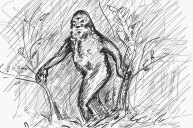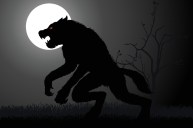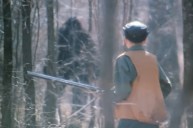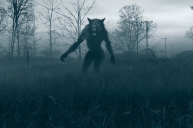For as long as humans have been navigating the world's oceans, there have been wild stories about sea monsters. There are centuries-old accounts of sailors and their ships meeting their demise after running into a sea serpent or other mysterious sea creatures while exploring the vast, open oceans. Of course, these stories are taken with a grain of salt today, just like reports of UFOs or Sasquatch. But the rumors persist. In the Pacific Northwest, especially along the coasts of British Columbia, there are many sightings and legends of a sea serpent-like creature called "Caddy." Some tales go back thousands of years due to the discovery of strange Native American petroglyphs that depicted the same creature sailors claimed to see.
However, there's a big difference between the Caddy legend and other legendary cryptids. From 1930 until the early 1960s, people discovered several of the alleged monster's carcasses. At first, they were seen as proof of the validity of Caddy and cryptozoology in general. The strange remains mystified and even terrified locals in Greater Victoria, B.C. area. However, things are not always as they appear to be. Upon further examination of a sea monster legend like this, we can see how people's imaginations run wild when encountering something they do not fully understand.
Descriptions and History of the Caddy Legend
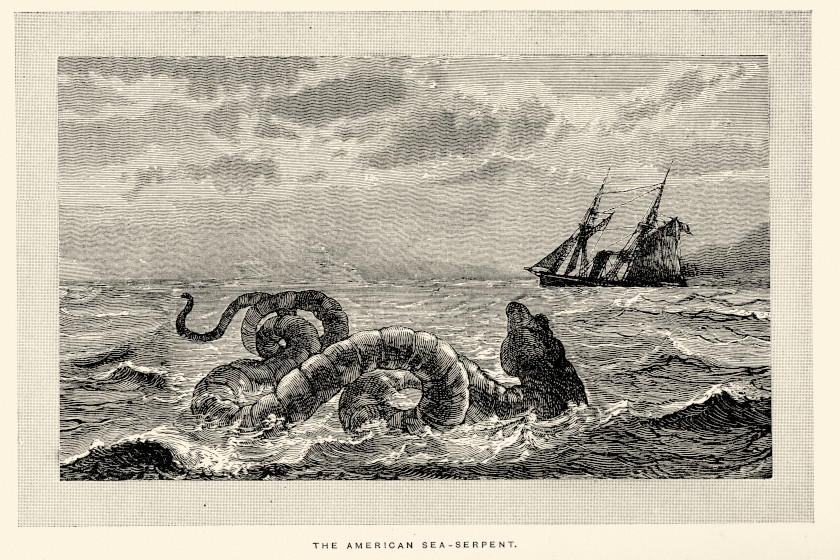
duncan1890 via Getty Images
The creature known as Cadborosaurus has been seen all along the Pacific Coast of North America. But it is most well-known in the Victoria, British Columbia area. Both the Cadborosaurus and "Caddy" nicknames come from nearby Cadboro Bay. According to Cadborosaurus.ca, some of the first reports of the creature off the coast of Canada were reported in the late 1800s and early 1900s, primarily by sailors. In one early report, Captain C.J. House of the ship Cloyah claimed to have seen a serpent-like creature that raised its head 30 feet above the water's surface. Additionally, House claimed the beast had a two-foot head approximately 18 inches wide. The body was green and gold in color.
While some reports describe similar creatures, descriptions of the monster vary wildly. Some reports said the beast had flippers like a whale or plesiosaur, while others claimed a more serpentine snake or eel-like appearance. The average length varied anywhere from 30 to 60 feet or more. Many reports mention a horse-like head, and at least one 1933 report claimed it had "the head of a camel." In a 1934 report, two hunters claimed the beast ate a duck they wounded before they could retrieve it while they were hunting in the bay.
Some reports were just of a long neck jutting out of the water, while others appeared to be mysterious moving "humps" undulating in and out of the water. Eventually, someone sent a letter to the Victoria Daily Times suggesting naming the creature Cadborosaurus or Caddy for short, and the name stuck. Many people convinced themselves that a new species of sea creature unknown to science swam the waters off the coast of British Columbia.
Those Weird Sea Serpent Carcasses
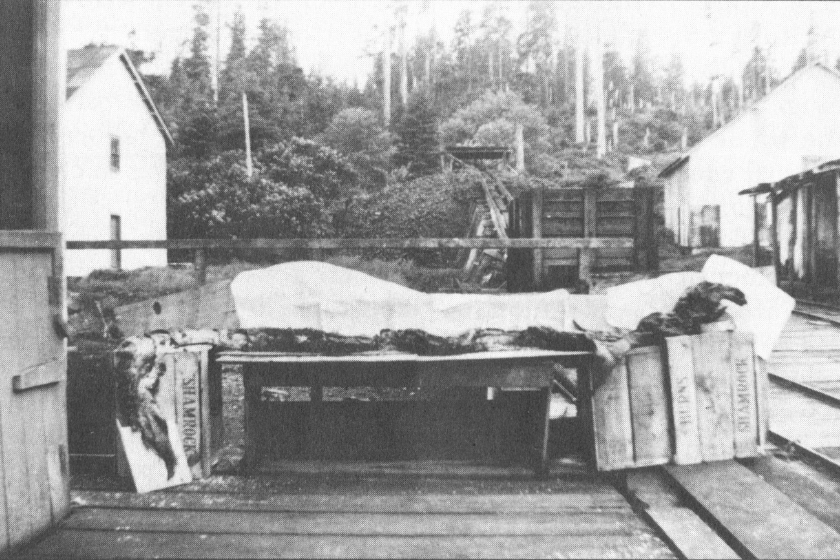
Boorman, Public domain, via Wikimedia Commons
For as long as there have been sightings of Caddy, there have also been reports of mysterious bodies washing ashore that may be the creature. Some earliest accounts of bodies washing ashore on Vancouver Island occurred during the first sightings. However, many of the details of these discoveries have been lost to time. There is almost no way for cryptozoologists to verify anything about them. Then, in the 1930s, came a new rash of carcass findings. One of the most famous of these is the Naden Harbour Carcass. According to Criptidz, this carcass was discovered in the stomach of a sperm whale that was hauled to a whaling station north of Vancouver in 1937. The body was severely decomposed and partially digested by the time they found it. However, the whalers were struck by its 20-foot length and strange, serpent-like body. It also had a peculiar, finned tail. The harbor's first aid officers, G.V. Boorman and F.S. Huband, took several photographs of the carcass, including some close-ups of the head and tail that mystified most who saw them. Some people even called the body "Baby Caddy" since it was shorter than many eyewitness reports.
But this wasn't the only strange carcass to wash up on Canadian shores. Because ten years later, in December of 1947, a new carcass washed ashore on Vancouver Island at Barkley Sound. Nicknamed "The Effingham Carcass," this body was much more significant. It measured a stunning 45 feet in length. It appeared to have a long, serpentine-like body and an enlarged head. You can see a photo of that carcass above. Once again, some people insisted the body could only be that of an unknown animal.
However, the appearance of a decomposing carcass can be deceiving. In the case of the Naden Harbour carcass, the mammal-like appearance of the body was no coincidence. Because Francis Kermode, the director of the Royal BC Museum in Victoria, was given a chance to examine the carcass closely. He determined it to be a fetal stage baleen whale that the enormous sperm whale had cannibalized. It is believed the remains were disposed of after that, so there is no way to verify what the carcass was. As for the Effingham Carcass, later analysis determined it was likely the heavily decomposed and elongated remains of a giant shark that was mutilated beyond recognition by natural deterioration and scavenging by other ocean creatures.
In total, there are more than a dozen examples of bodies that people initially thought were Caddy that later turned out to be something already known to science. For instance, an alleged sea serpent carcass found in 1930 near Valdez, Alaska, turned out to be a whale. In 1934, a long-dead and decomposed basking shark was initially mistaken for a sea serpent when its 30-foot remains were found on Henry Island. Yet another carcass was discovered in Alaska in 1956 and later revealed to be a rare beaked whale.
Other Explanations for Caddy
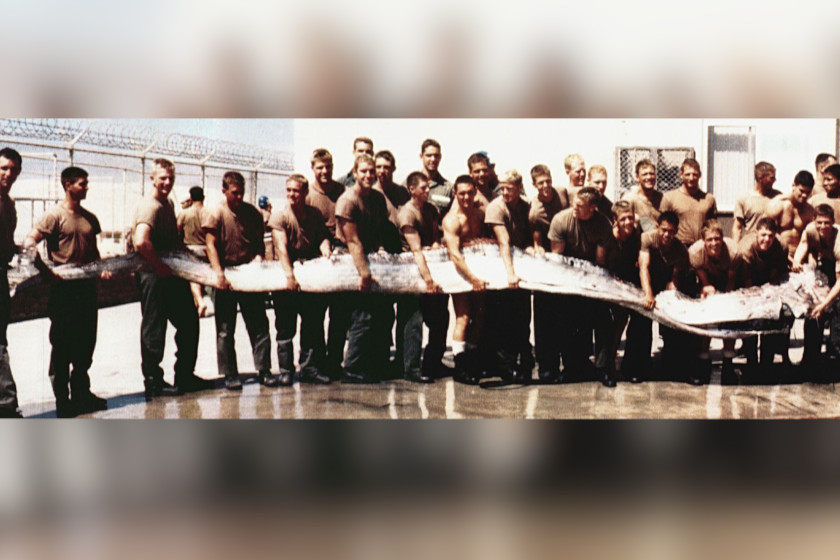
Wikimedia Commons: Wm. Leo Smith
Historians have noted another obvious inspiration for Cadborosaurus can be found thousands of miles away in the rolling hills of Scotland. Because the early 1930s was about when the legend of the Loch Ness Monster took a grip on popular culture. People finally spread the stories of Nessie worldwide, and sea monsters were on people's minds everywhere. It's not too much of a stretch to imagine the stories of Nessie got people to see what they wanted to see in these weird bodies washing up on beaches.
While most of the carcasses were explained away as dead whales or sharks that were decomposed beyond recognition, some believers pointed to the eyewitness sightings as further proof something was out there. Possible explanations for these sightings have included sea lions, seals, whales, dolphins, and other known animals that somebody may have misinterpreted due to water or weather conditions.
One of the more interesting possible explanations for Caddy is the possibility some people were seeing a rare oarfish, which you can see pictured above. One of the ocean's least understood creatures. This fish is likely the basis for many sea serpent legends. The oarfish is a long fish with very few observations in the wild. Most of what scientists know about this fish is from specimens that have washed ashore dead, just like the Caddy sea serpent carcasses. The size makes sense too. Oarfish have been documented as reaching nearly 30 feet in length. They may grow even larger, but the fish are so rare that scientists know little about them.
While some people may be disappointed in the most plausible explanations for Caddy, we see it as an educational opportunity. Animals like the oarfish are so unique and mysterious, and it's unlikely we'd even be talking about them if not for the legends of sea serpents. In a way, legends like Caddy give us a chance to learn more about the ocean's weirdest known occupants. Suppose it takes a myth to shed a little light on some of the ocean's most unknown inhabitants, then so be it. We have explored very little of our world's oceans, and there are tons of creatures living there that are even more amazing than the ones we can dream of in our imaginations. The more we learn about them, the more we'll respect them and preserve them for future generations to enjoy. A legend like Caddy helps to instill that feeling of wonder and awe that will help us do just that.
For more outdoor content from Travis Smola, follow him on Twitter and Instagram. Check out his Geocaching and Outdoors with Travis YouTube channels for original videos.

